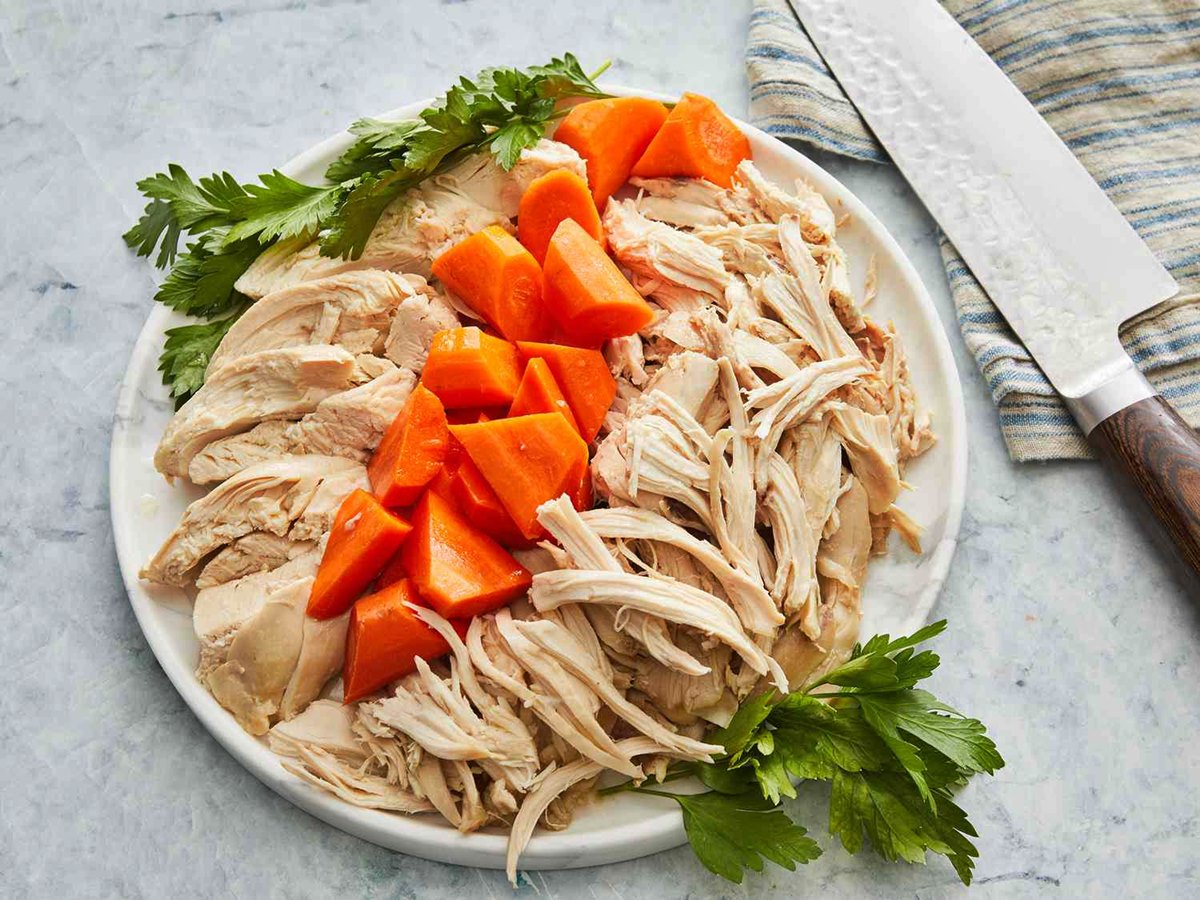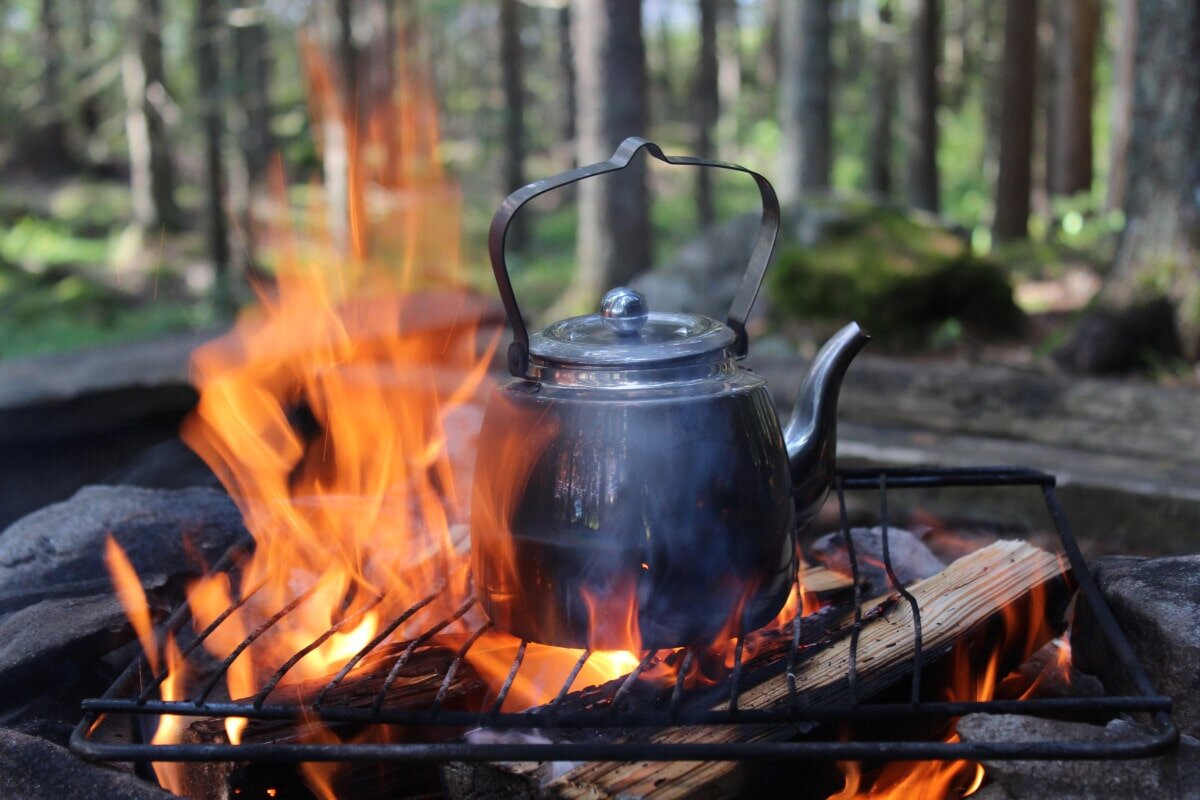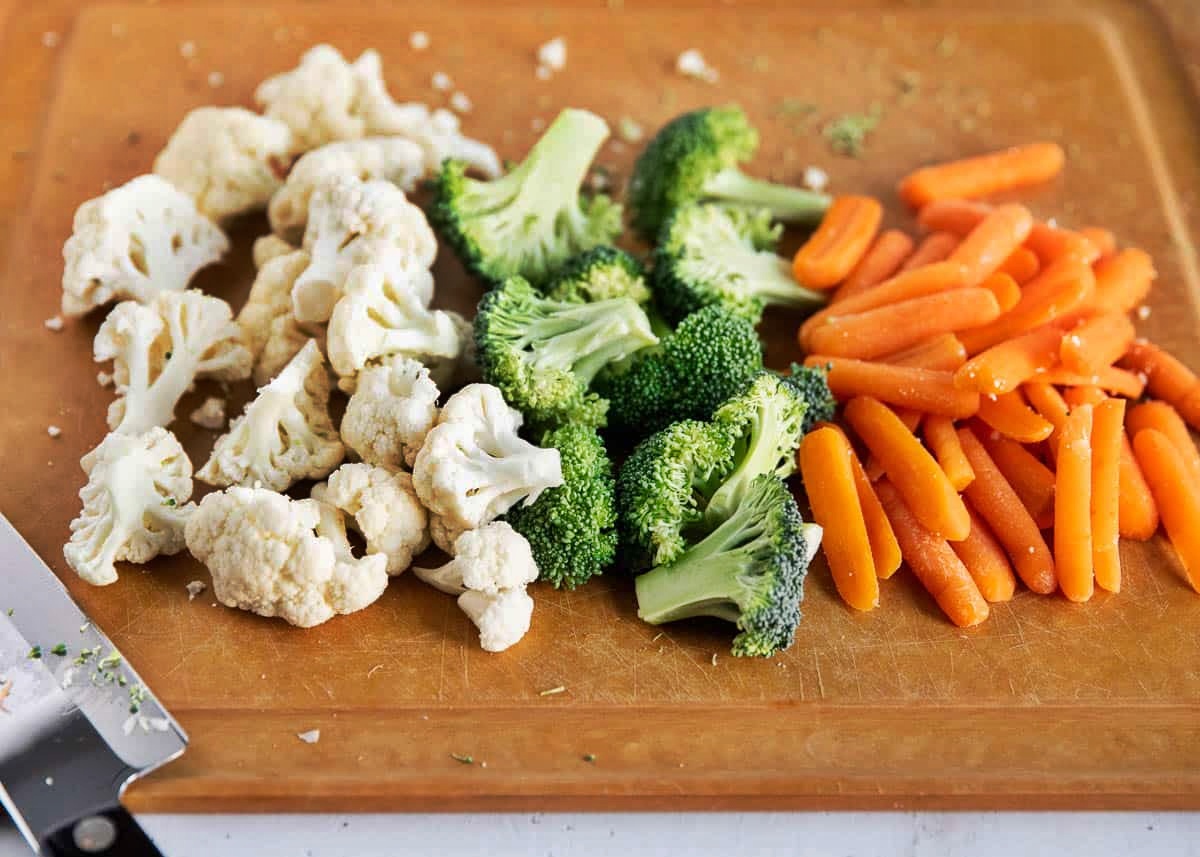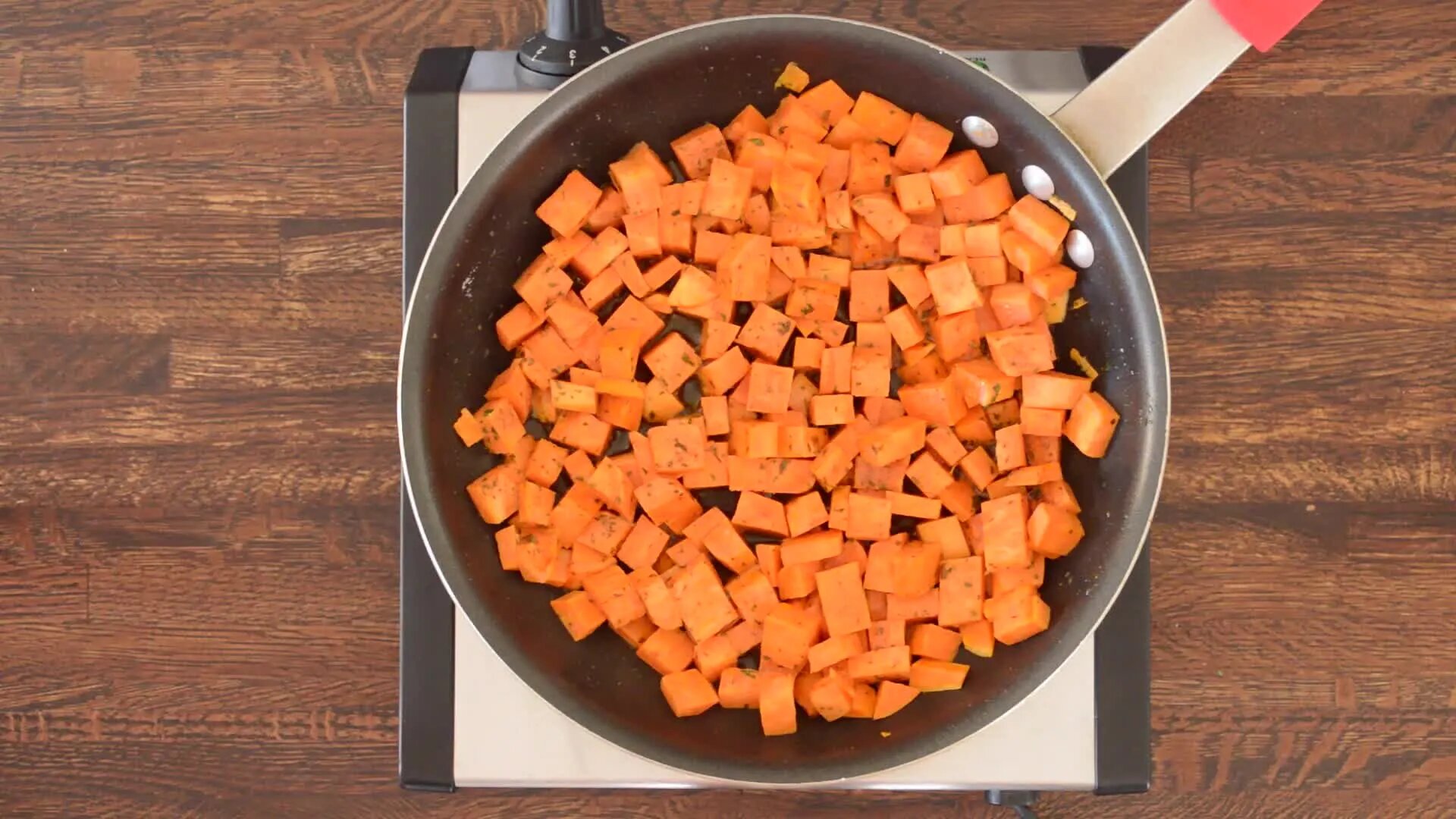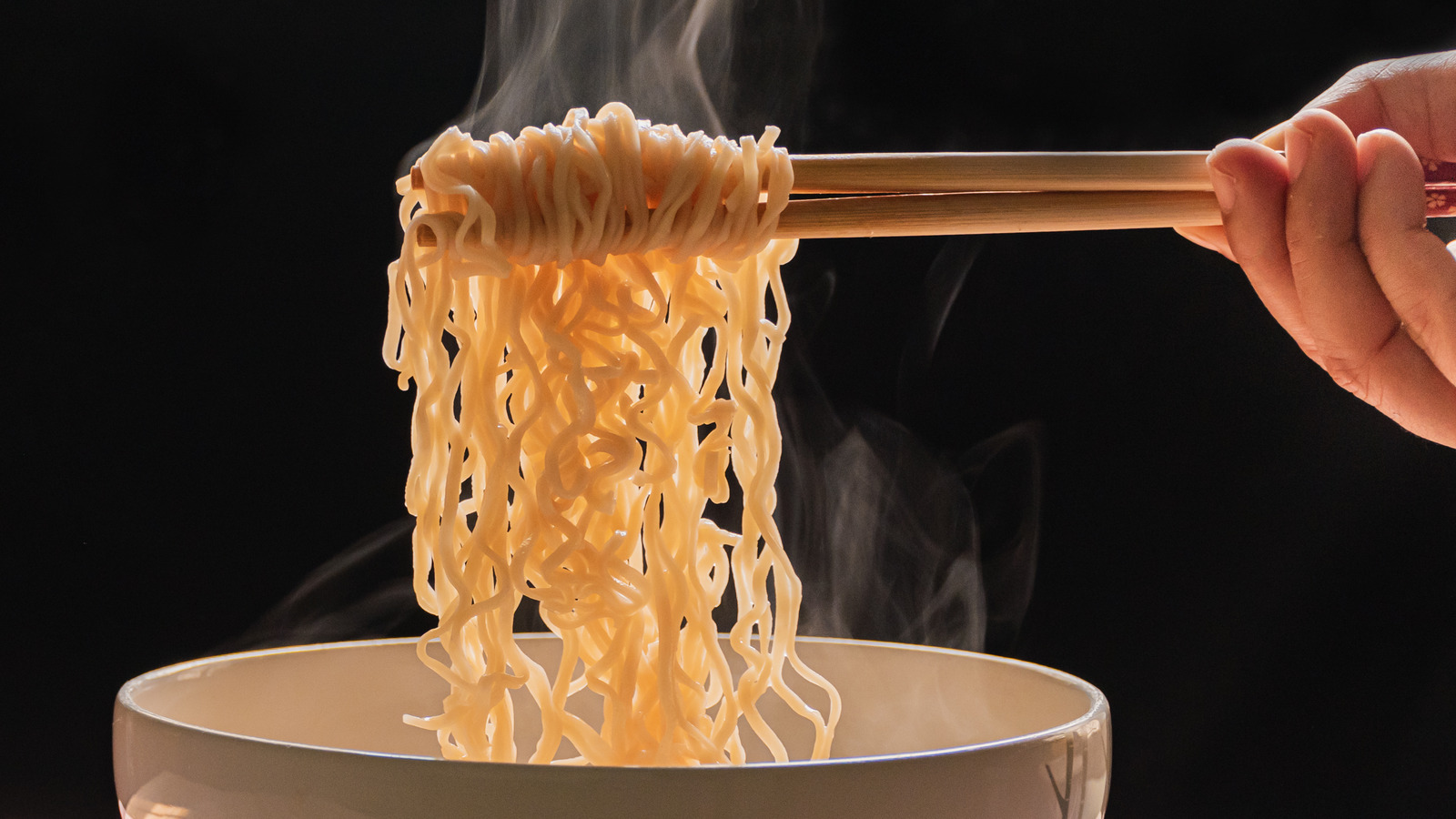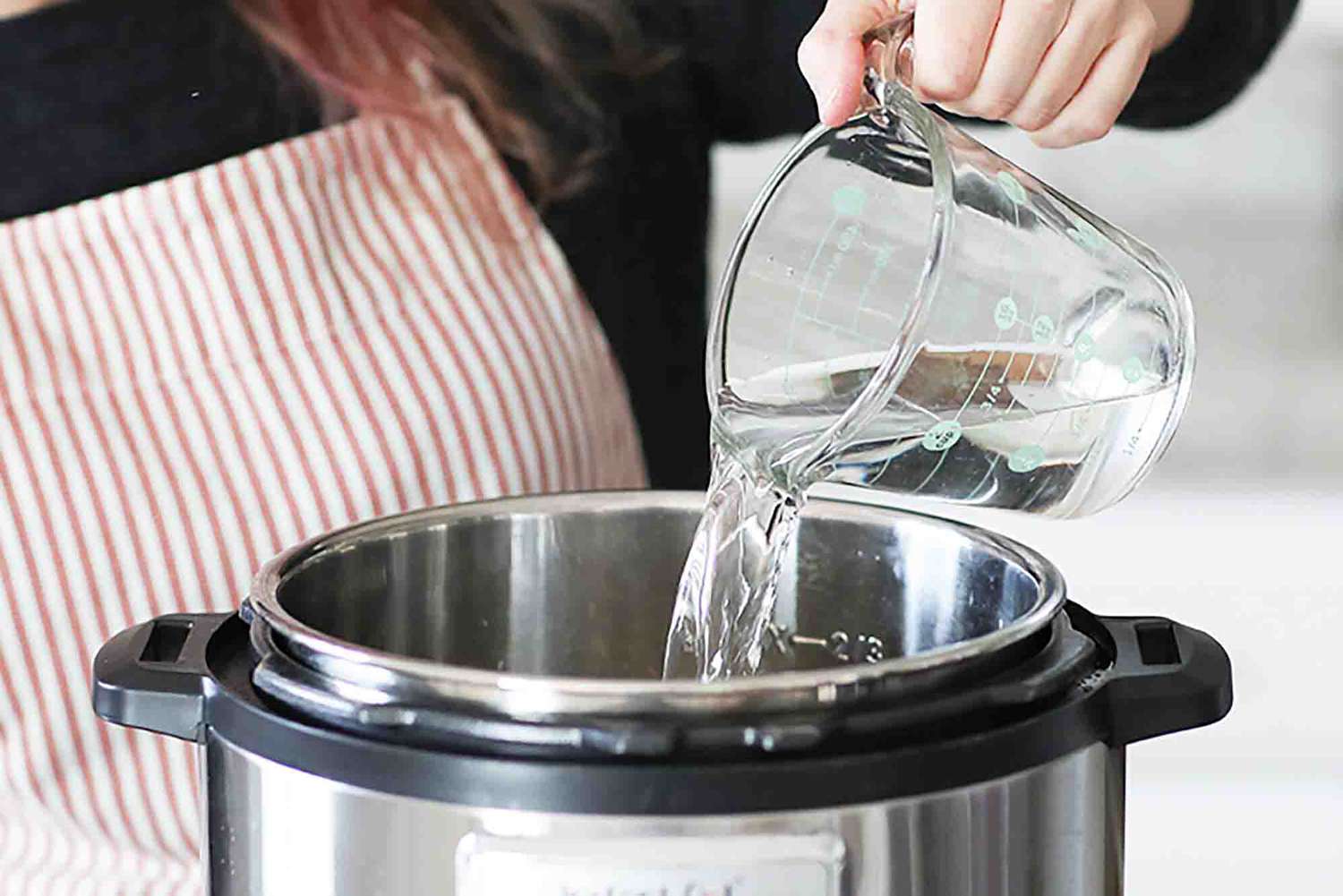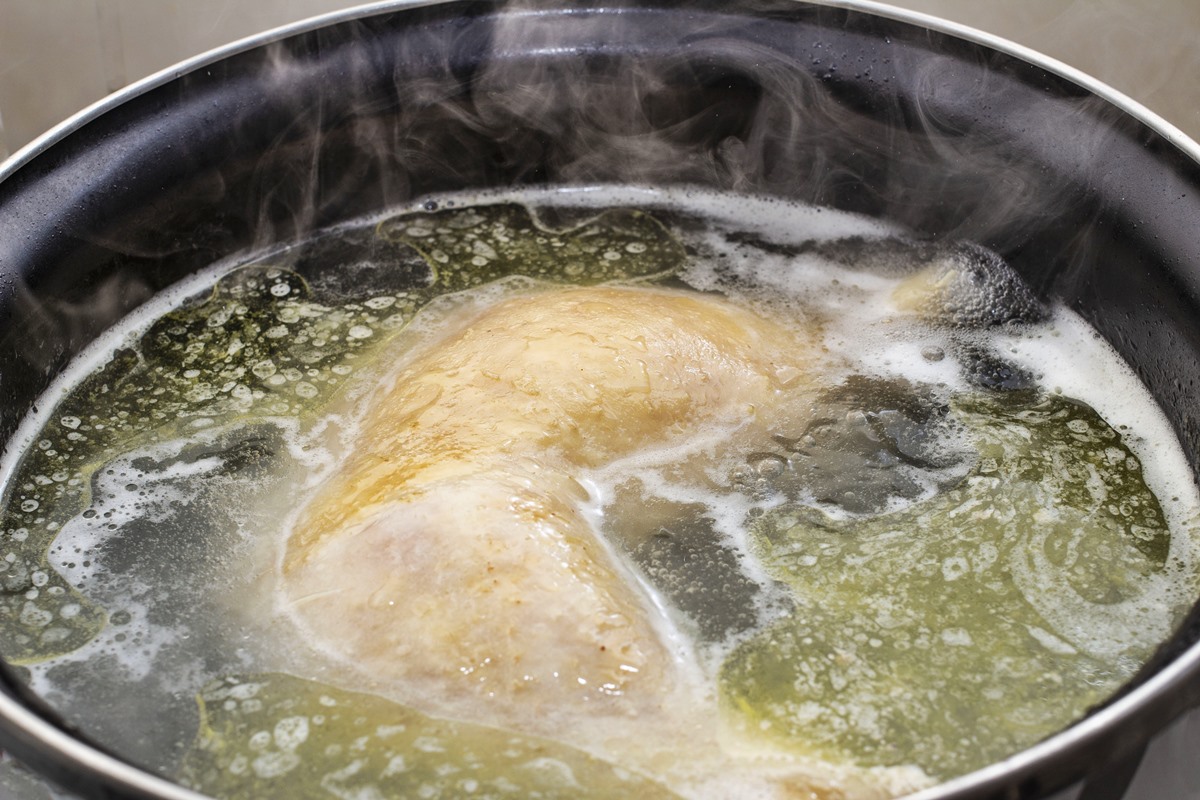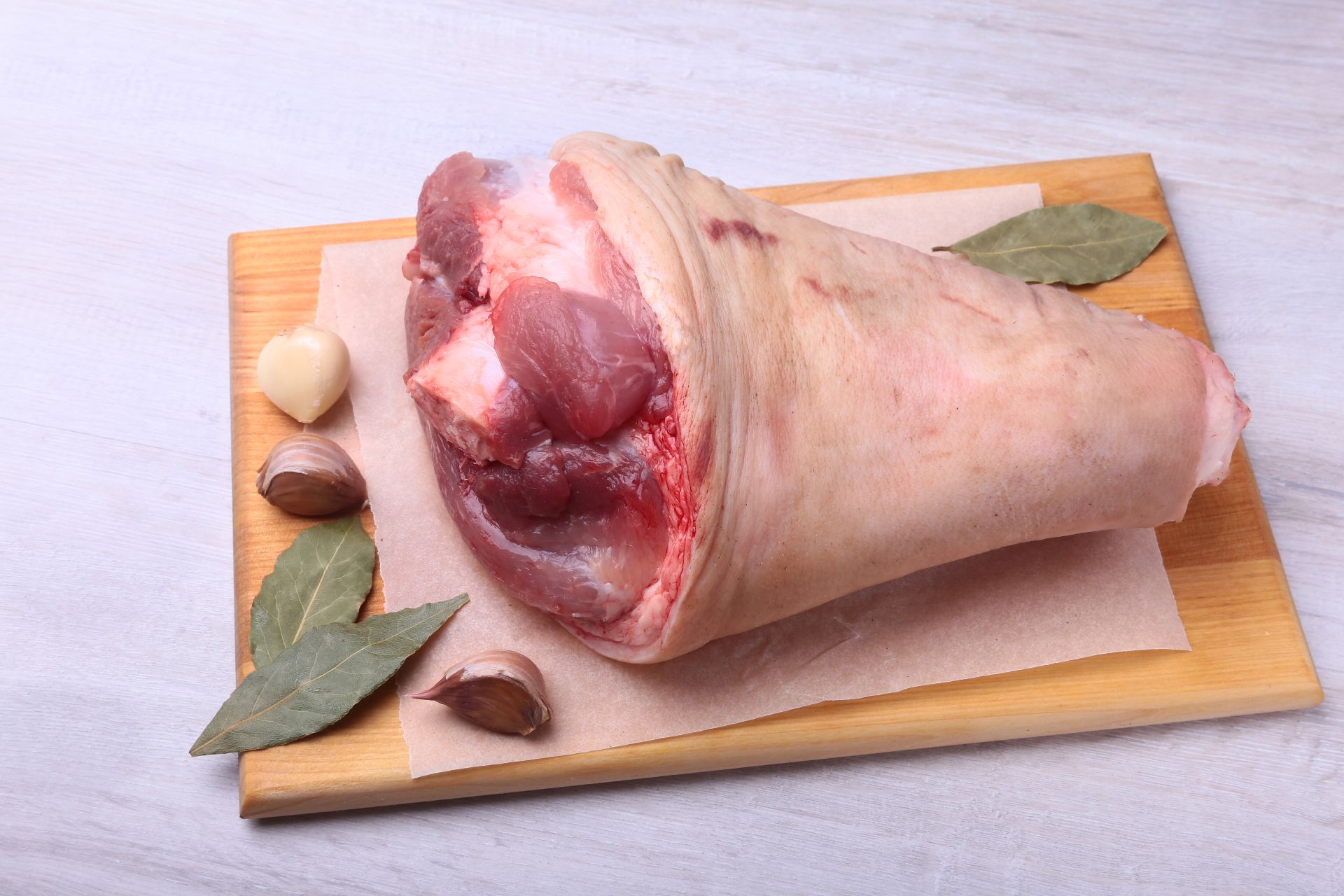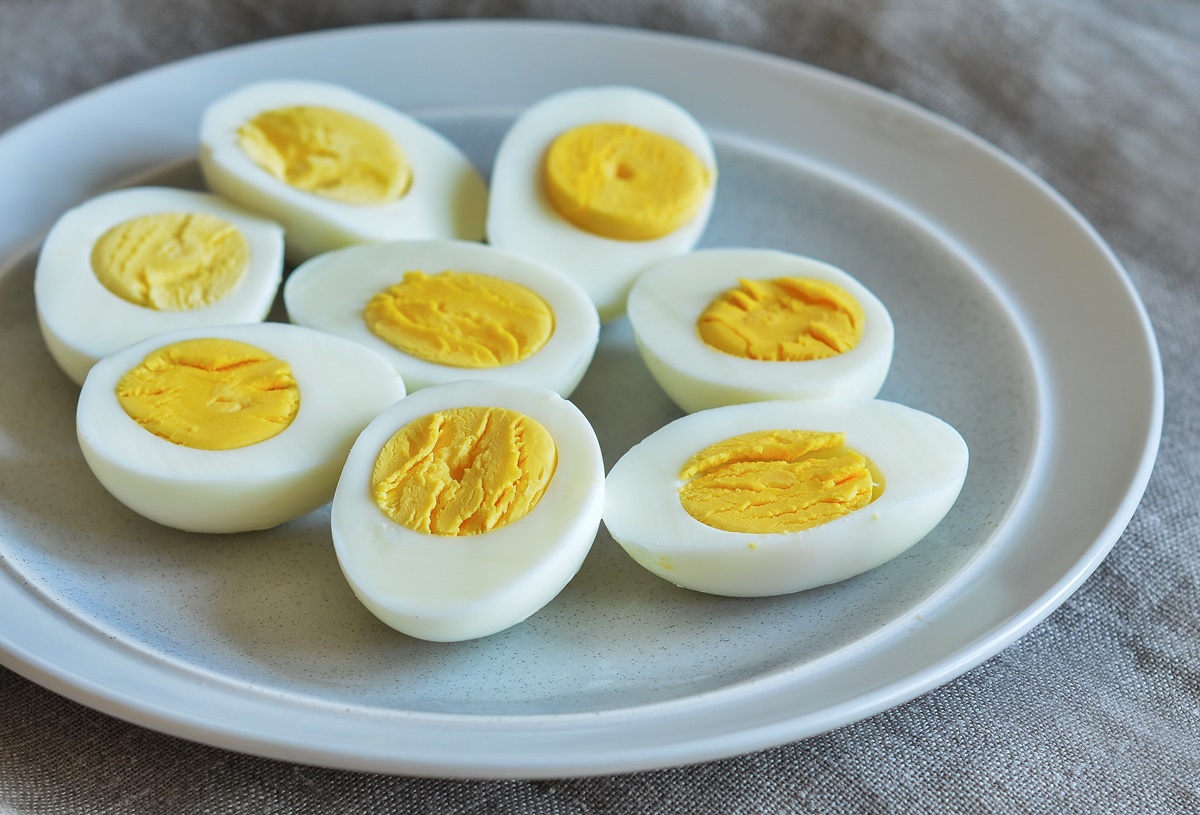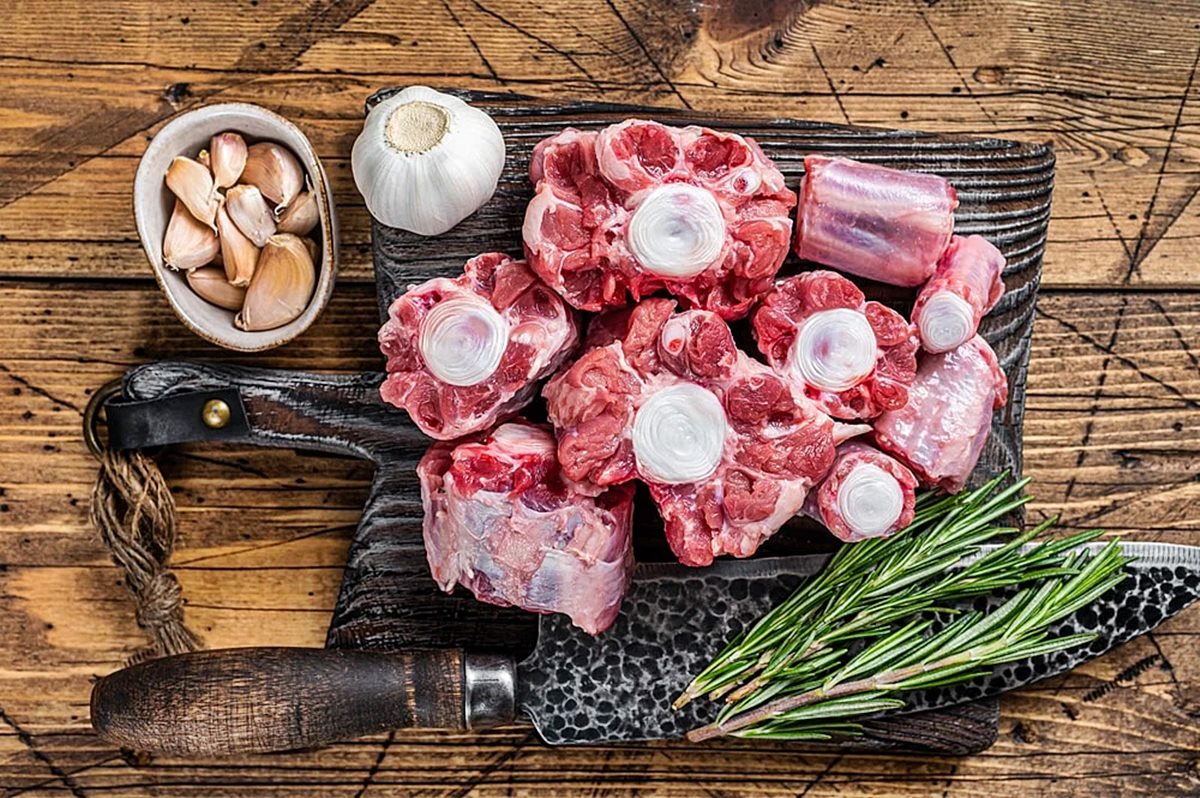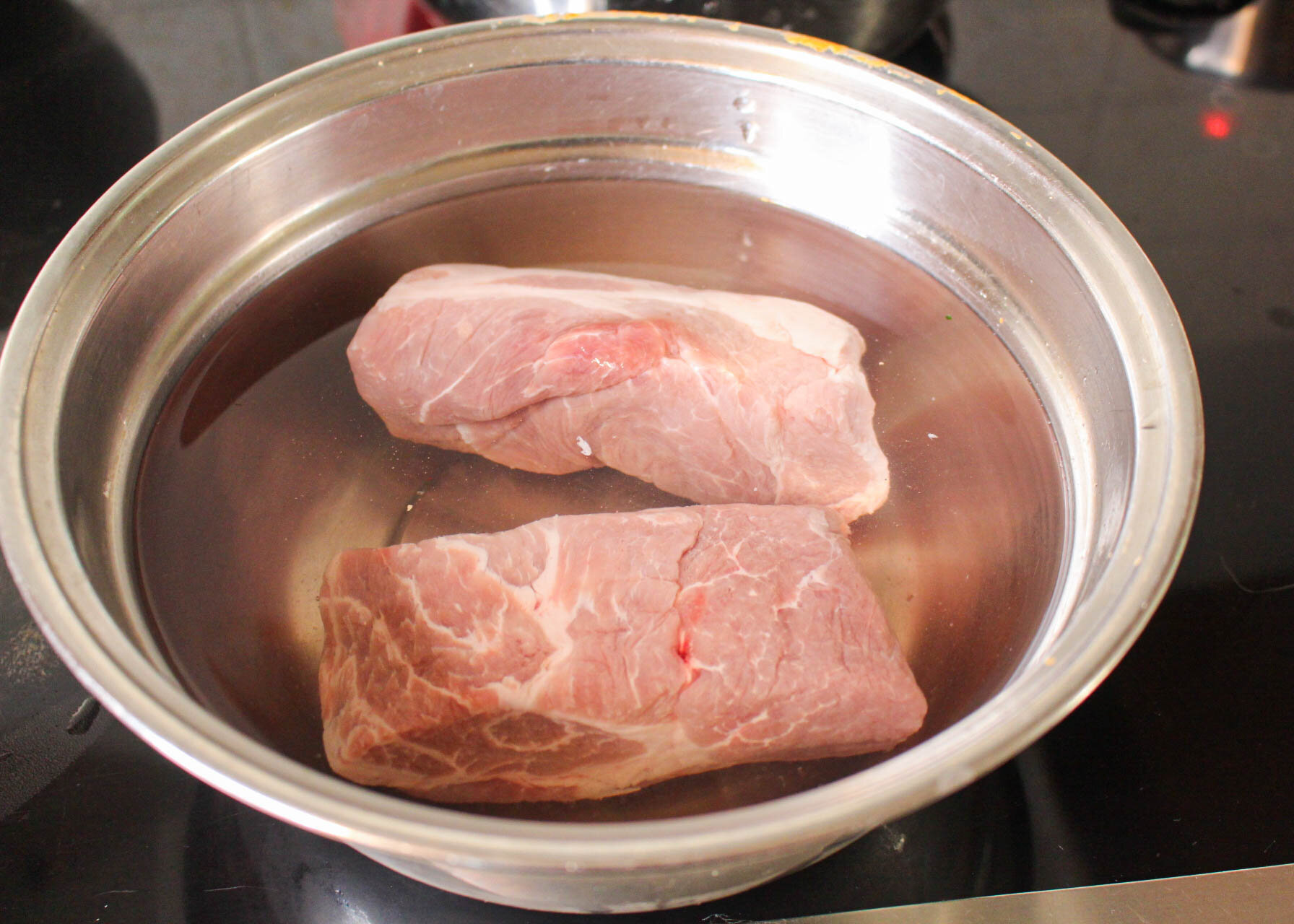How To Boil A Head Of Cabbage
Are you looking to add a healthy and versatile vegetable to your cooking repertoire? Look no further than the humble head of cabbage. Boiling cabbage is a simple and straightforward cooking method that allows you to enjoy its tender leaves and subtle flavor. In this article, we will guide you through the step-by-step process of boiling a head of cabbage, ensuring that you achieve a delicious and nutritious result every time.
Step 1: Gather Your Ingredients
Before you start boiling your cabbage, make sure you have all the necessary ingredients on hand:
- 1 head of cabbage
- Water
- Salt (optional)
Step 2: Prepare the Cabbage
Start by removing the outer leaves of the cabbage head, ensuring that the remaining leaves are clean and free from any dirt or blemishes. Rinse the cabbage thoroughly under cold water to remove any residual debris.
Step 3: Cut the Cabbage
Using a sharp knife, carefully cut the cabbage head into quarters. This will help the cabbage cook evenly and shorten the cooking time.
Step 4: Boil the Cabbage
Fill a large pot with water, enough to submerge the cabbage quarters completely. If desired, add a pinch of salt to enhance the flavor of the cabbage. Place the pot over high heat and bring the water to a rolling boil.
Once the water is boiling, carefully add the cabbage quarters to the pot. Reduce the heat to medium-low and let the cabbage simmer for about 10-15 minutes, or until the leaves are tender when pierced with a fork.
Step 5: Drain and Serve
Using a slotted spoon or tongs, carefully remove the cabbage quarters from the pot and transfer them to a colander to drain excess water. Allow the cabbage to cool slightly before serving.
Step 6: Season and Enjoy
Now it’s time to add your favorite seasonings or sauces to enhance the flavor of the boiled cabbage. You can drizzle some olive oil, sprinkle with black pepper, or even toss it with a tangy vinaigrette. Be creative and experiment with different flavors to find your perfect combination.
Boiled cabbage can be served as a side dish alongside roasted meats, added to stir-fries, or even used as a base for hearty stews. Its versatility makes it a fantastic addition to your culinary repertoire.
So, the next time you bring home a head of cabbage, don’t wonder what to do with it—simply boil it! By following these easy steps, you can enjoy the goodness of tender and flavorful cabbage in no time. Happy cooking!
Was this page helpful?
Read Next: How To Boil Palo Azul
Tonet King
Tonet is a content writer who loves to laugh out loud while sharing stories with her friends and family. Nothing brightens up her mood better than sipping on a fresh brew of coffee while watching her favorite sitcoms. A guilty fast-food lover and a proud follower of Japanese cuisine, she enjoys the comfort any meal brings especially when people are huddled around it.
